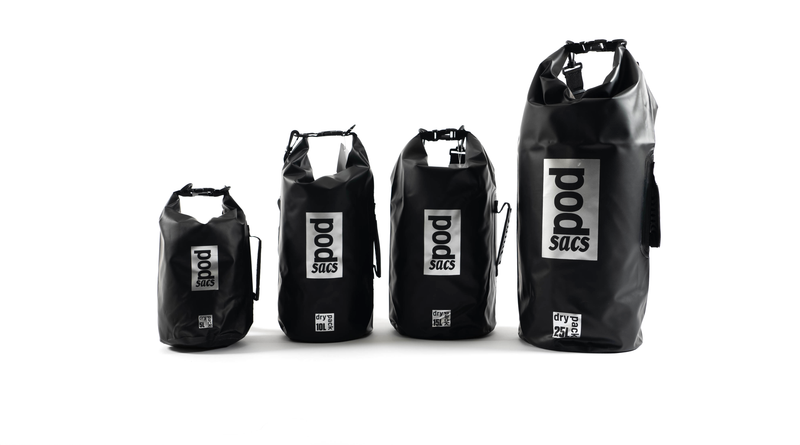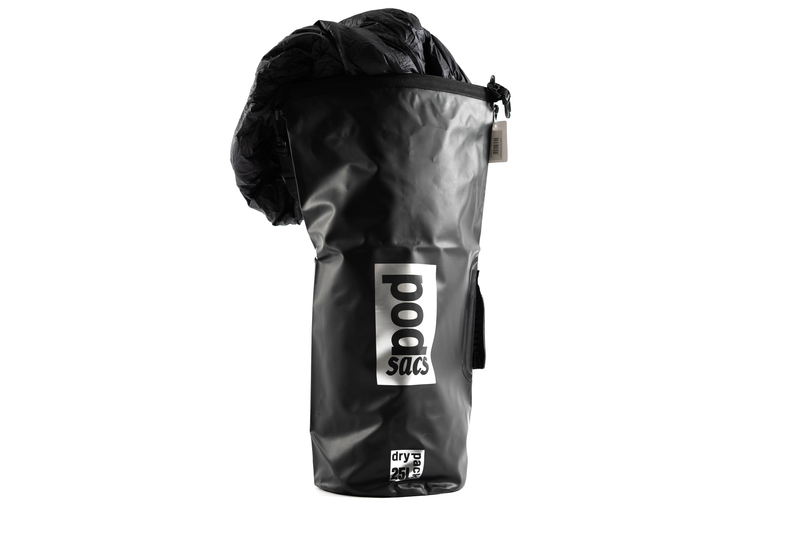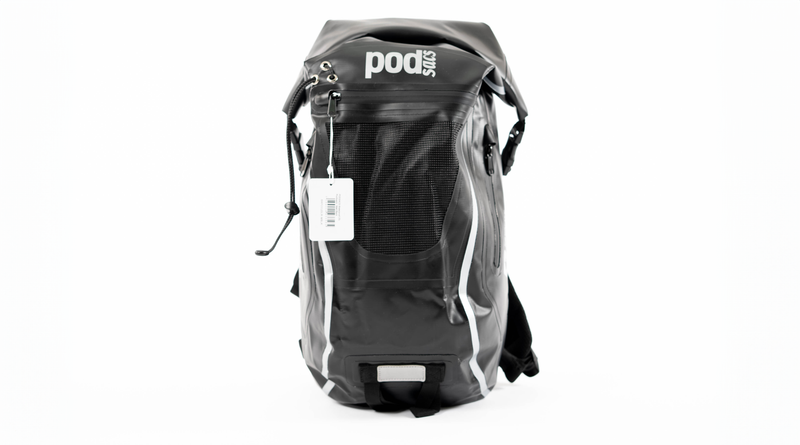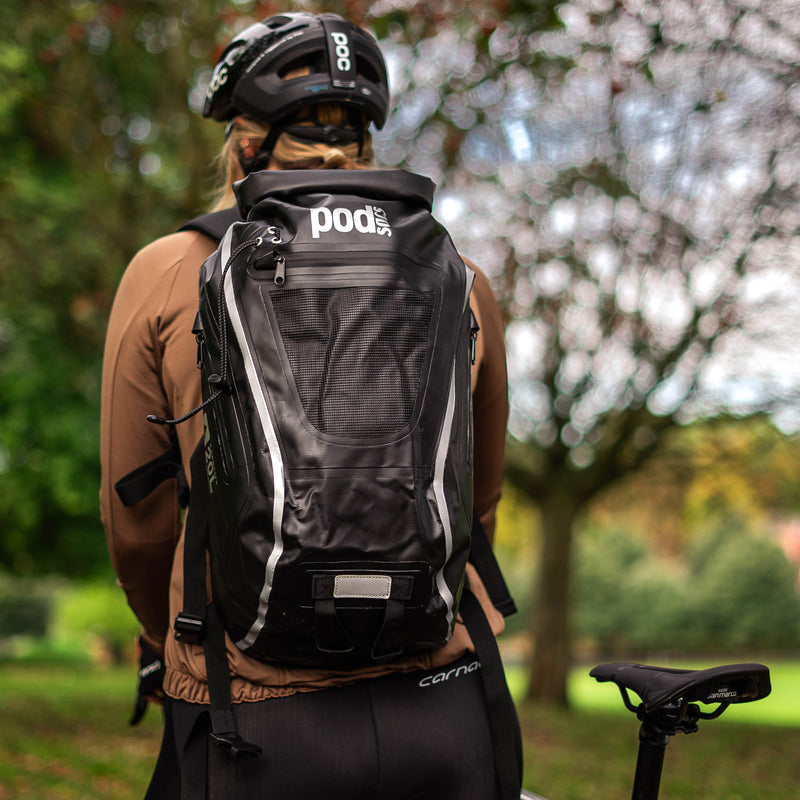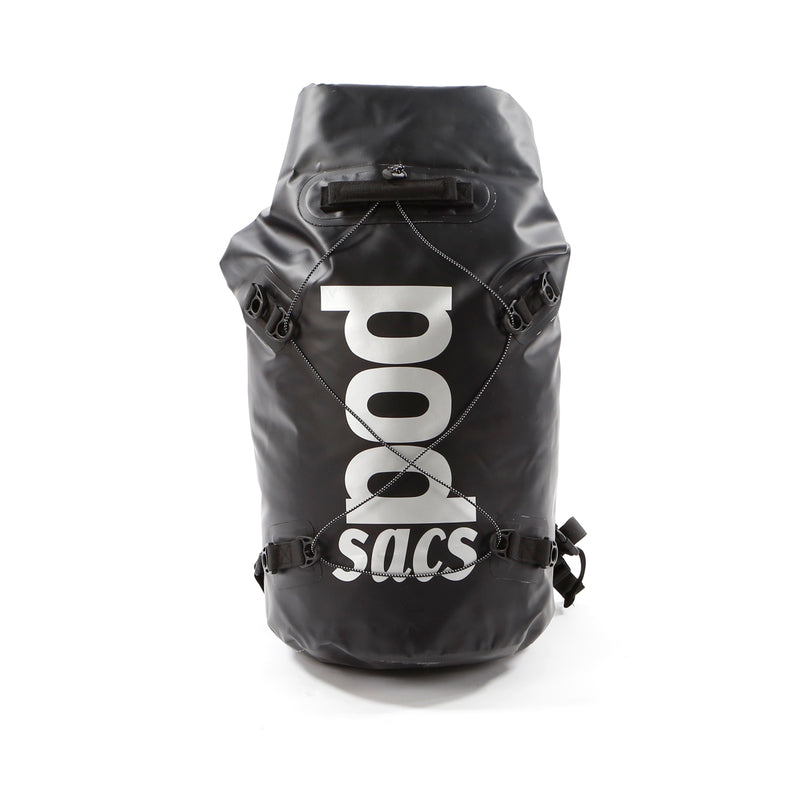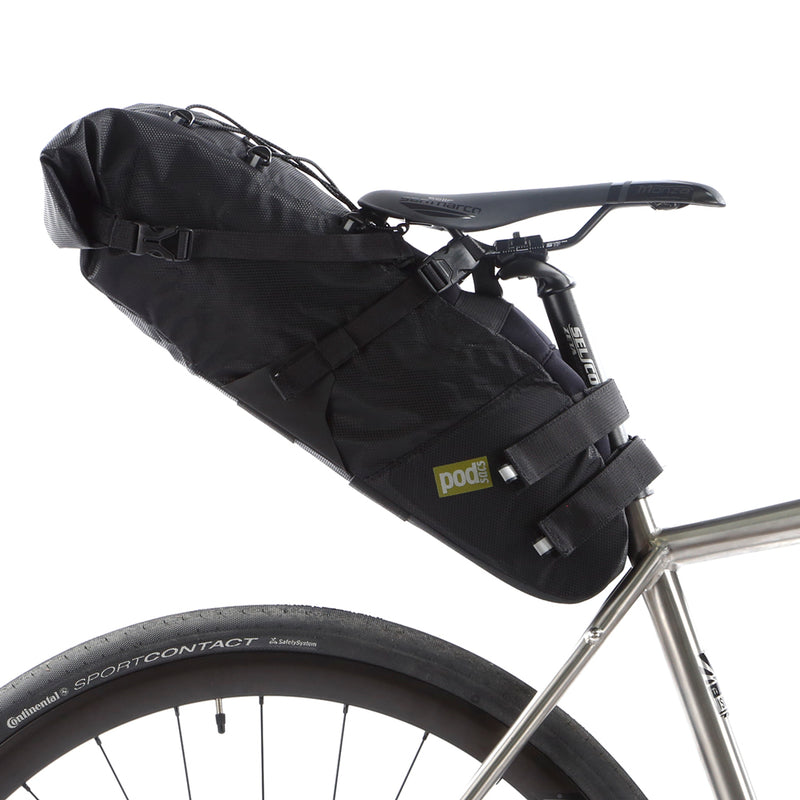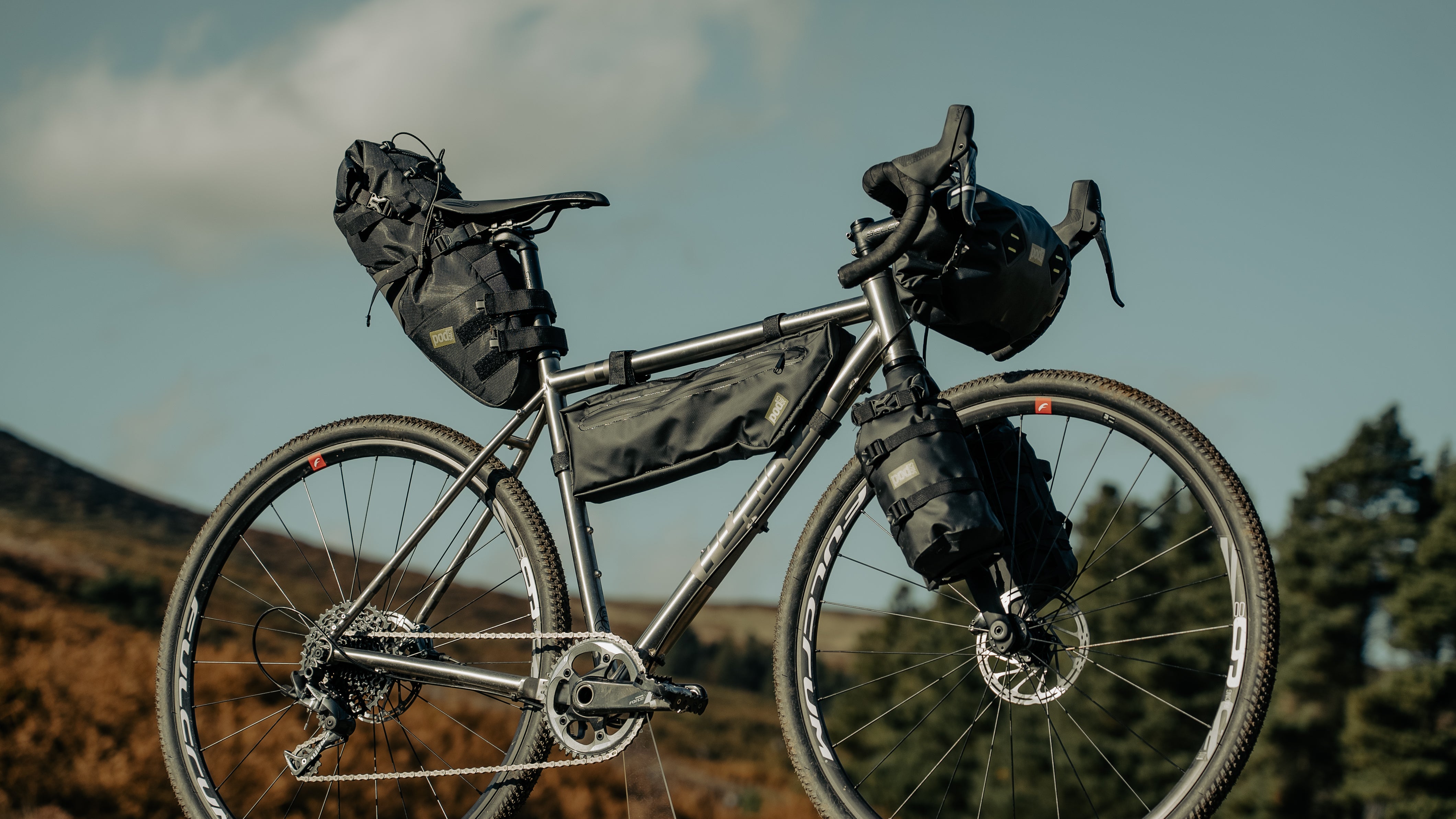Bikepacking Gear List: Ultimate Gear Checklist
10 January 2024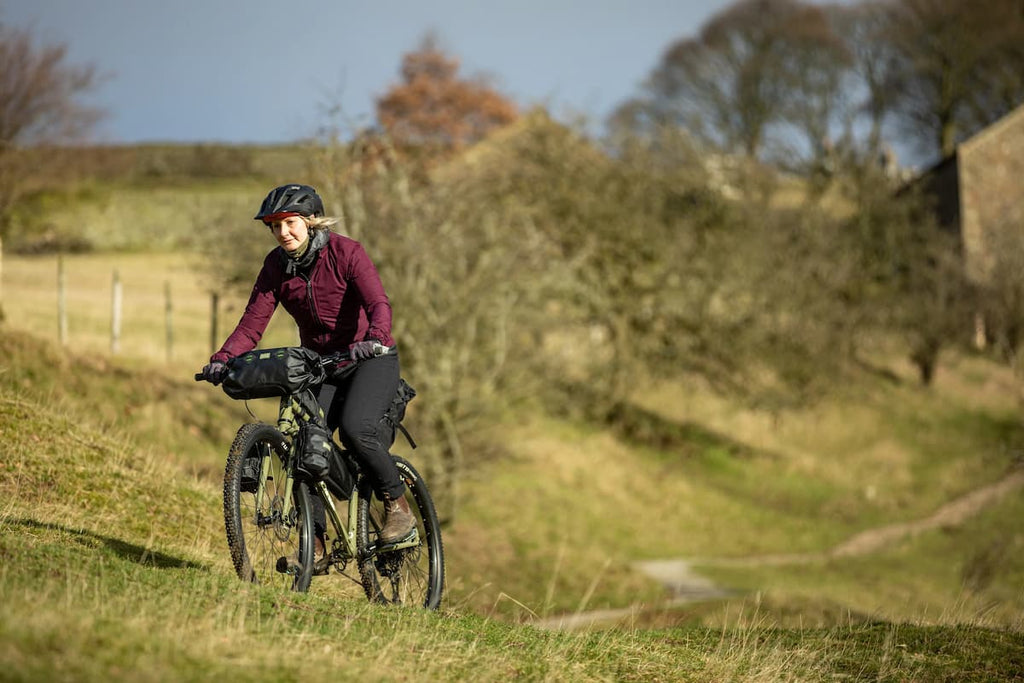
If you’re a keen cyclist with a thirst for adventure, you’re sure to enjoy bikepacking. Giving you the opportunity to see the world affordably, appreciate the beauty of nature and make amazing memories with friends and family, bikepacking is a great way to take your cycling to the next level.
Before you load up your bike and start bikepacking however, it’s important to think about what you really need to take with you. While self-sufficiency and travelling light is a key part of this experience, there are some vital items you’ll need in order to make your multi-day trip a success.
In this blog post, we outline the gear and equipment you may need and what you should wear while bikepacking.
What do you need for bikepacking?
If you’re planning a bikepacking trip, you might be wondering how you’re going to carry everything you need for multiple days of travel on your bicycle. After all, you won’t want to be weighed down by your possessions on what’s meant to be a pleasurable journey but you won’t want to leave anything you really need behind either.
A crucial part of the equation is making sure you have the right bike in the first place. A good bikepacking bike is specially designed with luggage mounting fixtures that’ll make light work of carrying bikepacking bags filled with the things you need. They’re typically mountain bikes or gravel bikes that will allow you to take the road less travelled with maximum comfort and efficiency.
When creating a list of what to pack on your bike, you should consider the specifics of your plans. For example, if you’re planning to stay in hotels, hostels or B&Bs, you won’t need to pack a tent, sleeping bag or bedding. Similarly if you're planning to immerse yourself in the local cuisine by eating at restaurants or cafes, you can leave your cooking equipment at home.
Must-have bikepacking gear
There are some items that are non-negotiable when it comes to bikepacking. These include:
Bikepacking bags - these luggage systems are specifically designed to attach to your bike. They’re lighter and less rigid than panniers and racks, making it easier to cycle.
You can get bikepacking bags in a range of styles, including:
- Seat bags and saddle packs - great for storing additional clothing
- Handlebar bags - perfect for sleeping bags, a jacket or spare clothes
- Cockpit bags - used for items you need to access easily on your ride, such as drinks, snacks and tools
- Frame and fork bags - good for heavier pieces of kit, such as cooking equipment
It’s a good idea to experiment with mixing and matching different types of bags to create the perfect bikepacking setup for you.
A waterproof gear bag - a bag that can handle wet, dry or dirty items can be invaluable when bikepacking, especially if you plan on camping.
A bottle cage - you’re sure to work up a thirst while bikepacking so a bottle cage is a must. It’s a good idea to choose one that’s hardwearing but lightweight.
A bike lock - whether you’re giving your bicycle a break to explore a local village, have a bite to eat or set up your tent for the night, you’ll need a quality lock to secure it.
Tools and repair kits - don’t let a flat tyre or loose bolt spoil your adventures - a puncture repair kit and a multi-tool or bike tool kit will help ensure nothing stops you in your tracks.
A first aid kit - unfortunately, accidents can happen so you need to be prepared. By having a first aid kit on hand, you can treat minor injuries quickly and buy yourself time to get proper medical help in cases of major accidents. Don’t forget to include painkillers and any regular medication you take.
What to wear bikepacking
Specialist cycling clothing should be your go-to when bikepacking. These clothes are specifically designed to make your ride comfortable and to boost your performance. For example, lightweight base layers will help to keep you cool and wick sweat away when the temperature rises but will keep the heat in when the mercury drops.
You will also benefit from aerodynamically designed bib tights or shorts, which are kept securely in place with shoulder straps, ensuring your comfort throughout your ride. Breathable cycling jerseys are also a must as they will prevent you from overheating as you cycle.
In addition, you might want to take cycling gloves to enhance your grip and to provide extra warmth on longer trips. And if you know you’ll face inclement weather or slippy trails, overshoes are great for keeping your shoes clean and dry. Depending on your destination, you may need arm and neck warmers too. It’s also advisable to take an insulated, waterproof jacket.
If you’re going to spend time off your bike exploring the local areas or eating out, you’ll want some non-cycling options too. And if you’re camping, you should take light layers of clothing, including a moisture-wicking base layer, an insulating mid layer (such as merino wool tops or micro-fleeces) and waterproof and breathable outer layer (such as thin shell jacket).
